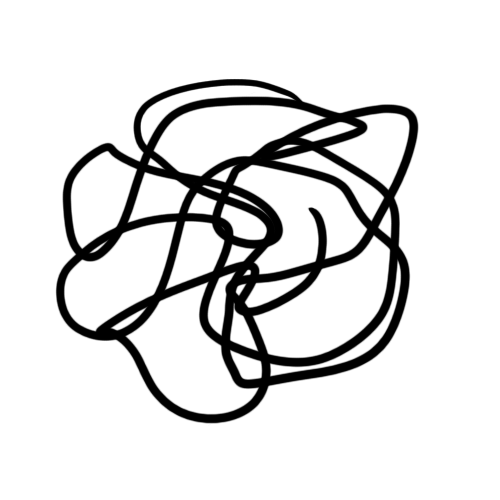
About
«Ce qu'on ne peut pas dire, il ne faut surtout pas le taire, mais l'écrire »
("What cannot be said above all must not be silenced but written")
Jacques Derrida, 1995, "Points . .: Interviews, 1974-1994"
/ _______ / is the fruit of a continuous dialogue between artist Esmeralda Kosmatopoulos and curator Azad Asifovich. Their meeting revolves around their shared astonishment towards French language - its phonetics, and its writing. Inspired by the texts of Ferdinand de Saussure and Jacques Derrida, the exhibition turns words into plain objects - images and sounds - before meaning is assigned to them and questions the influence our post-Internet era has on this dialectic between writing and speaking.
The project challenges the way in which we grasp and often transcend the inherited border between spoken and written language. Flags, neon, marble plates, sound and video works come together to invite the viewer to mourn the ambiguity of such an origin. The artist appropriates and diverts language tools such as the International Phonetic Alphabet (IPA) or the text-to-speech software of her cellphone to highlight the disconnect between so sound of a word and the image formed by the string of letters that compose it; a discrepancy that transcends French language and can be found in most idioms that has both an oral and a written form. Thru the materiality of the works, the artist captures the temporal and kinesthetic functions of language.
 |  |  |
|---|---|---|
 |  |

